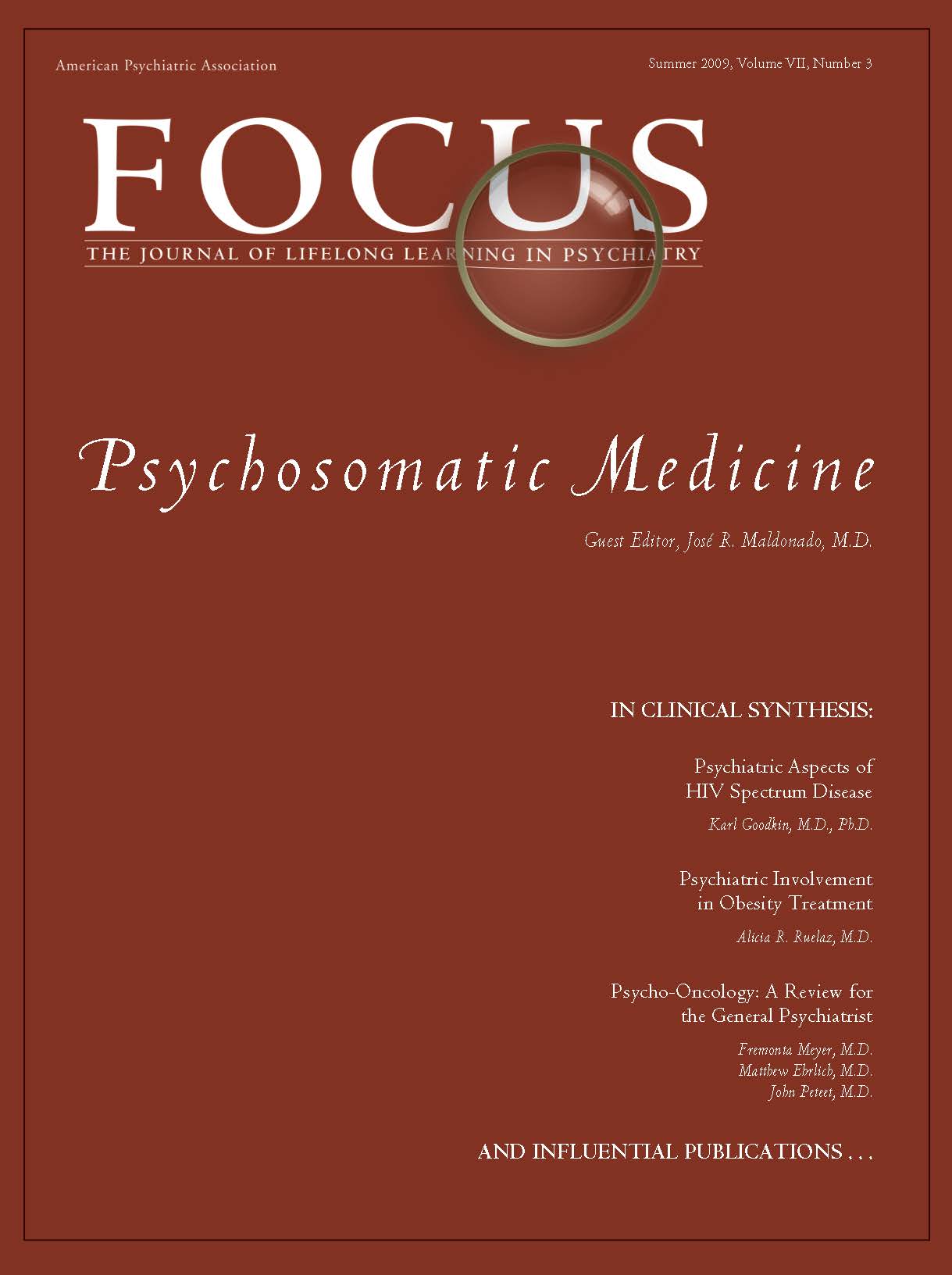Psycho-Oncology: A Review for the General Psychiatrist
Abstract
DEFINITION
EPIDEMIOLOGY AND NATURAL HISTORY
Depression, anxiety
Delirium
Fatigue
Bipolar disorder
Character disorders
Schizophrenia
Substance use disorders
Suicidality
BIOPSYCHOSOCIAL UNDERPINNINGS
Biological effect of cancer and cancer treatments on psychiatric syndromes
Brain metastases.
Leptomeningeal carcinomatosis.
Chemotherapy.
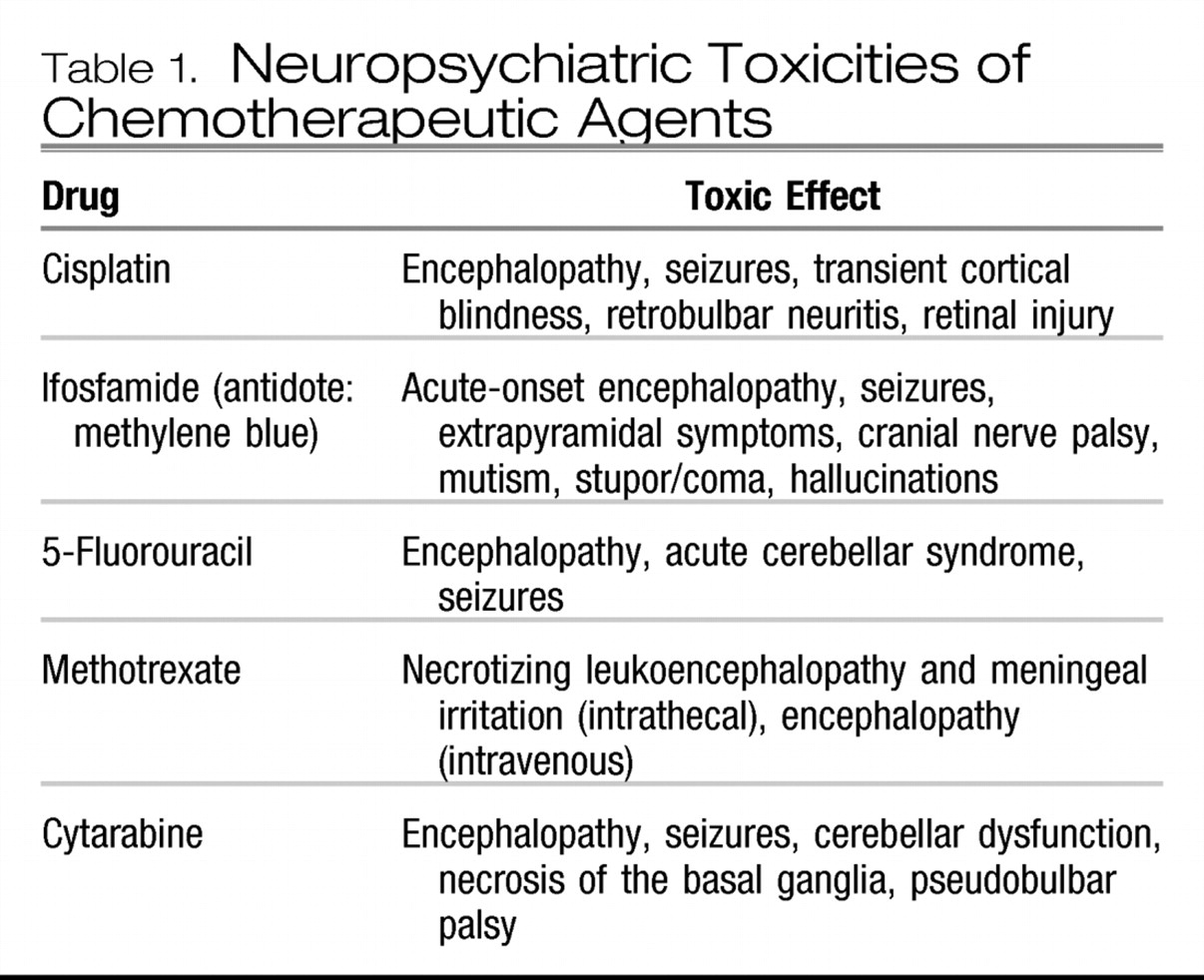
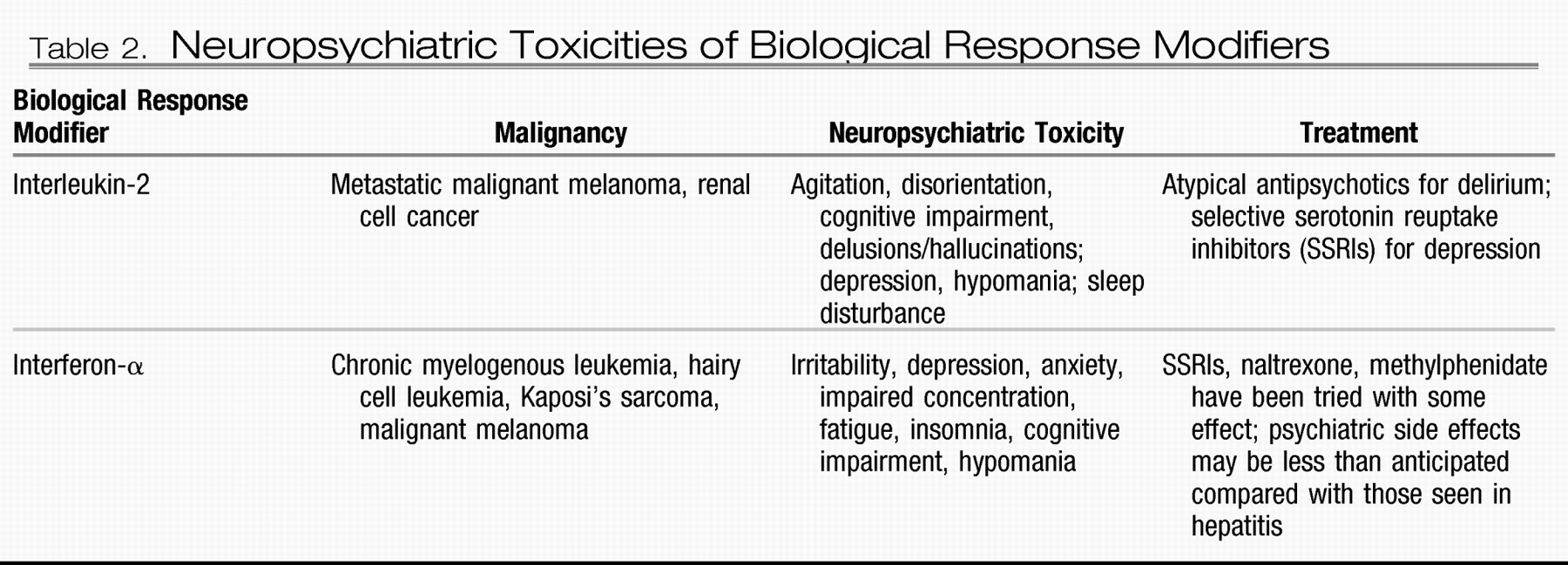
Radiation therapy
Paraneoplastic limbic encephalitis.
Effect of coping style/psychosocial factors on cancer
Mortality and survival.
Other outcomes: distress and quality of life.
Defense mechanisms.
Phases of illness.
ASSESSMENT AND DIFFERENTIAL DIAGNOSIS
General issues
Depression
Suicide/requests for hastened death
Anxiety
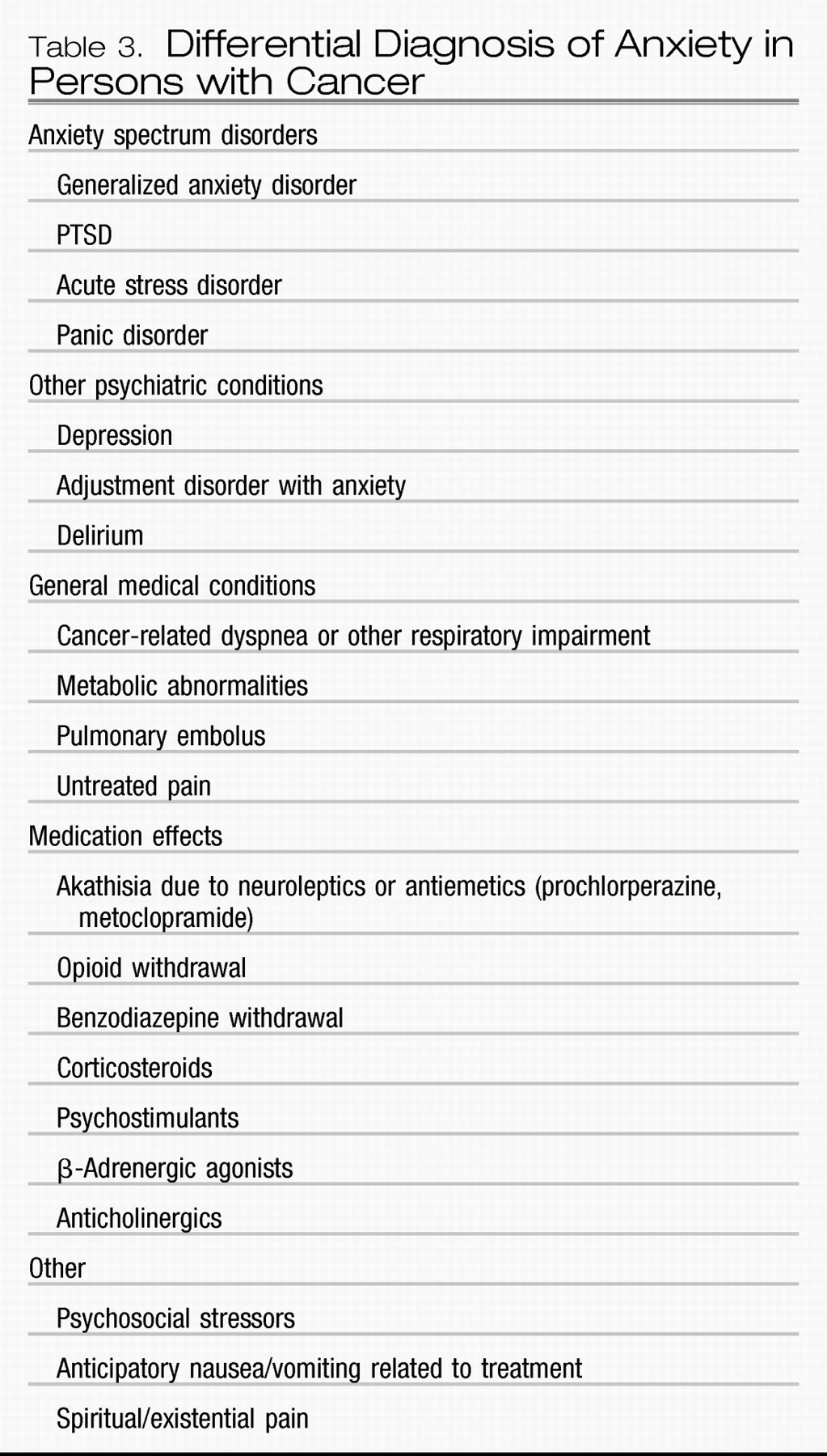
Delirium
Substance use disorders
Fatigue
Chemotherapy-induced cognitive dysfunction
TREATMENT AND OUTCOMES
Depression
Modalities of psychosocial treatments for depression
Anxiety
Delirium
Fatigue
Character disorders
Schizophrenia
Substance use disorders
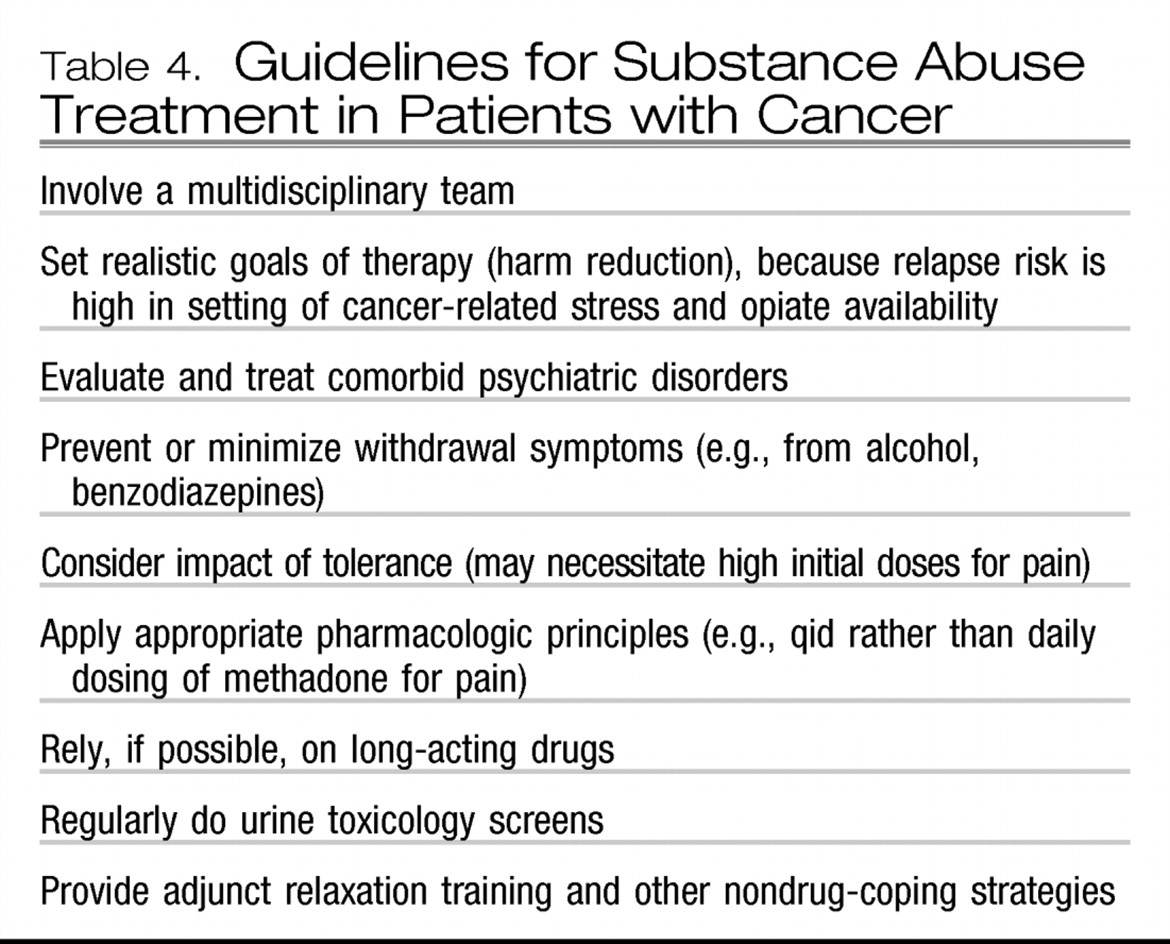
Chemotherapy-induced cognitive dysfunction
WBRT-induced cognitive dysfunction and fatigue
Paraneoplastic limbic encephalitis
Psychosocial therapy modalities
Themes
Group therapy
Couples therapy
OTHER SIGNIFICANT TOPICS
Goals of care
Survivorship
Bereavement
FUTURE DIRECTIONS
ACKNOWLEDGMENTS
REFERENCES
Information & Authors
Information
Published In
History
Authors
Funding Information
Metrics & Citations
Metrics
Citations
Export Citations
If you have the appropriate software installed, you can download article citation data to the citation manager of your choice. Simply select your manager software from the list below and click Download.
For more information or tips please see 'Downloading to a citation manager' in the Help menu.
View Options
View options
PDF/EPUB
View PDF/EPUBGet Access
Login options
Already a subscriber? Access your subscription through your login credentials or your institution for full access to this article.
Personal login Institutional Login Open Athens loginNot a subscriber?
PsychiatryOnline subscription options offer access to the DSM-5-TR® library, books, journals, CME, and patient resources. This all-in-one virtual library provides psychiatrists and mental health professionals with key resources for diagnosis, treatment, research, and professional development.
Need more help? PsychiatryOnline Customer Service may be reached by emailing [email protected] or by calling 800-368-5777 (in the U.S.) or 703-907-7322 (outside the U.S.).
